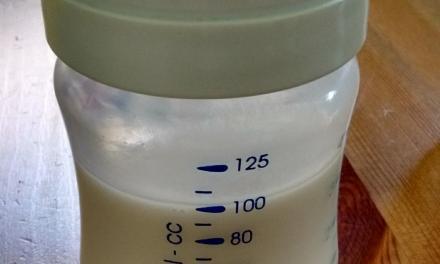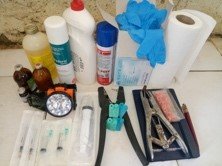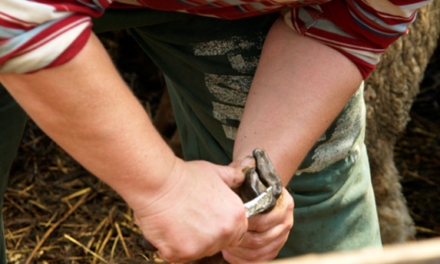This post is also available in:
![]()
![]()
![]()
![]()
![]()
![]()
Strategic feeding protocol
Solution name: Strategic feeding protocol
Aim: To provide some basic concepts of nutrition for farmers during lactation
Description:
Lactating ewes must be fed according to the milk yield level, the course of lactation, and the chemical composition of the milk. Sheep milk shows considerably higher nutrient values than cow’s milk in protein, fat, mineral substances, and energy content.
Sheep milk is predominantly produced seasonally due to the breeding season of ewes. Solids in sheep milk decrease as the season progress, and milk solid is high in early lactation and low at the end of lactation because of hot weather and more deficient quality pastures. Therefore, milk’s physical and chemical properties vary depending on production conditions and individual characteristics. Thus, the nutrient requirements of dairy ewes are very high during lactation.
Adequate feeding for optimal lactation requires proper rations, but inadequate feeding may reduce both the daily milk production and lactation length. This situation involves the estimation of the nutrient requirements and feed intake and the nutritional value of the feed.
Topic: Nutrition
Production: Dairy
Animal Category: Ewe
Issue: Milk composition (fat and protein content)
Level of Solution: Knowledge
Country: Turkey
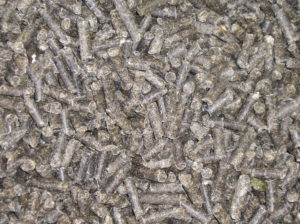
How to implement it
- Analyze the milk composition in the first 6–8 weeks of lactation and last 4–6 weeks of lactation for arranged nutrient content of ration.
- Use the lower protein feed for the last 4–6 weeks of lactation to decrease lactation yield.
- The level of protein required is based on body size and lactation yield. Therefore, a larger portion of the total protein used for milk production in the high-yielding ewe. To increase the protein ratio in milk use higher protein ingredient feeds.
- To increase the fat ratio use more cellulosic rations (more hay).
- Arrange rations according to nutrient requirements given at attachment.
- Use additional feeding (200g/day/head) during the first 1/3 of the lactation to prevent the BSC from decreasing, especially extensive raising.
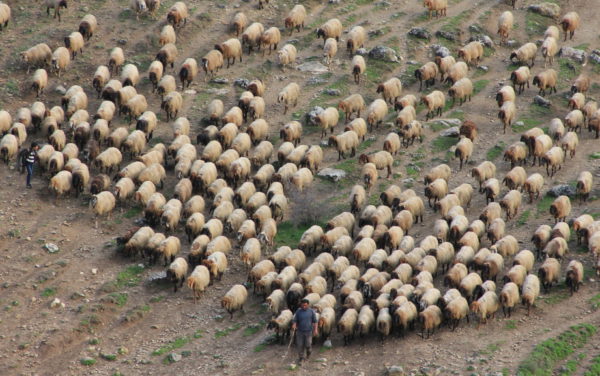
Expected benefits
- Increased milk yield and quality, especially for cheese production
- Increased performance
Prerequisites and/or limits
- Nutrient content of the ingredients may out of standards
- Expenses for milk component analysis


